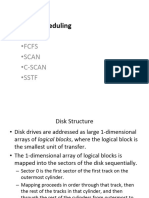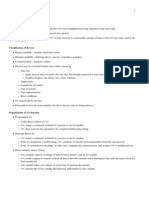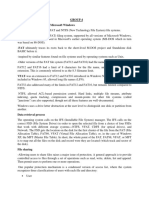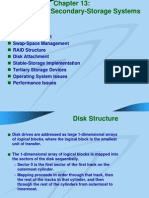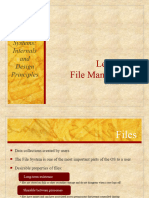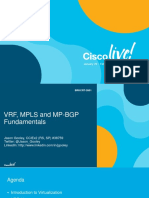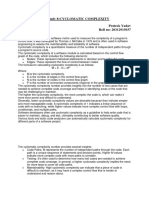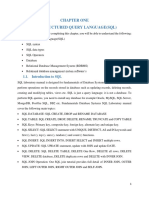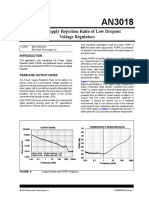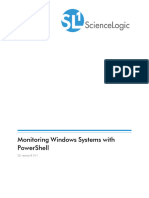0% found this document useful (0 votes)
17 views50 pagesUNIT 5 - IO SubSystem RAID File System
The document discusses three methods for accessing I/O devices: Programmed I/O, Interrupt-driven I/O, and DMA, highlighting their efficiency and use cases. It also covers secondary storage, magnetic disk structures, and various disk scheduling algorithms, such as First Come First Serve and Shortest Seek Time First. Additionally, it explains file structures, types, access mechanisms, and allocation methods, including Contiguous, Linked, and Indexed Allocation, along with their advantages and disadvantages.
Uploaded by
Tiya NagpalCopyright
© © All Rights Reserved
We take content rights seriously. If you suspect this is your content, claim it here.
Available Formats
Download as PDF, TXT or read online on Scribd
0% found this document useful (0 votes)
17 views50 pagesUNIT 5 - IO SubSystem RAID File System
The document discusses three methods for accessing I/O devices: Programmed I/O, Interrupt-driven I/O, and DMA, highlighting their efficiency and use cases. It also covers secondary storage, magnetic disk structures, and various disk scheduling algorithms, such as First Come First Serve and Shortest Seek Time First. Additionally, it explains file structures, types, access mechanisms, and allocation methods, including Contiguous, Linked, and Indexed Allocation, along with their advantages and disadvantages.
Uploaded by
Tiya NagpalCopyright
© © All Rights Reserved
We take content rights seriously. If you suspect this is your content, claim it here.
Available Formats
Download as PDF, TXT or read online on Scribd
/ 50





